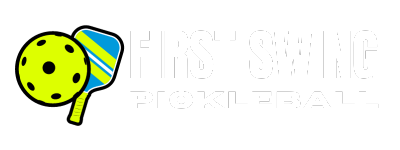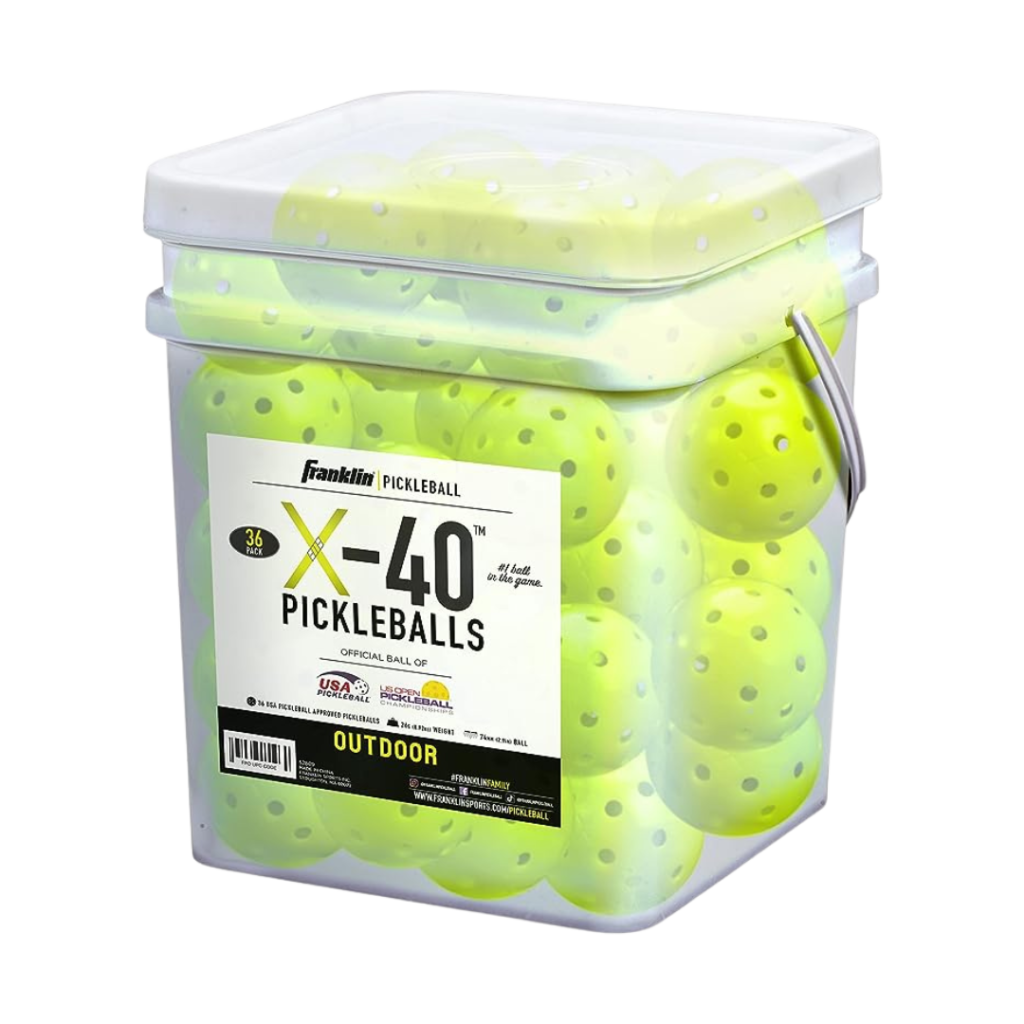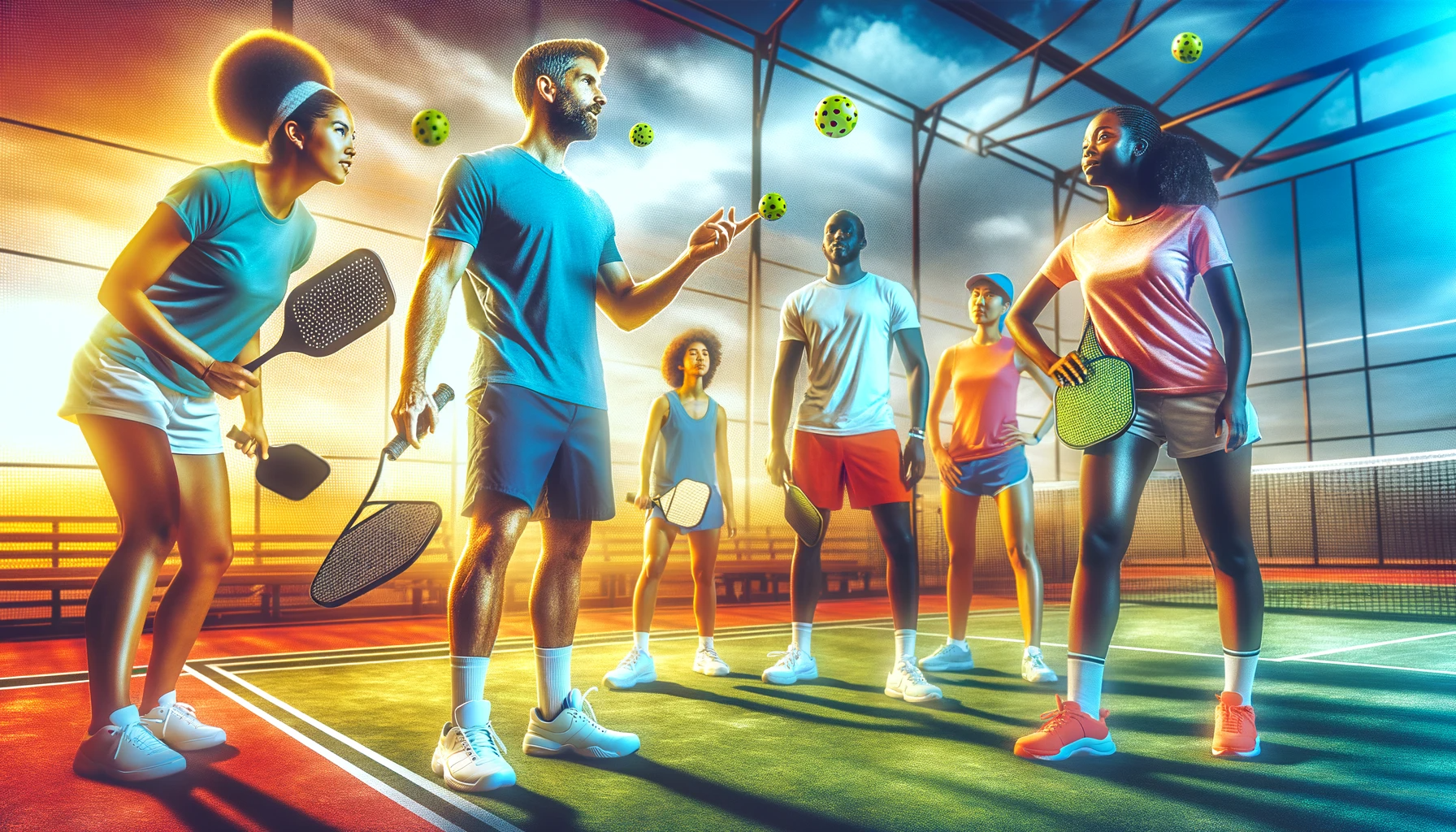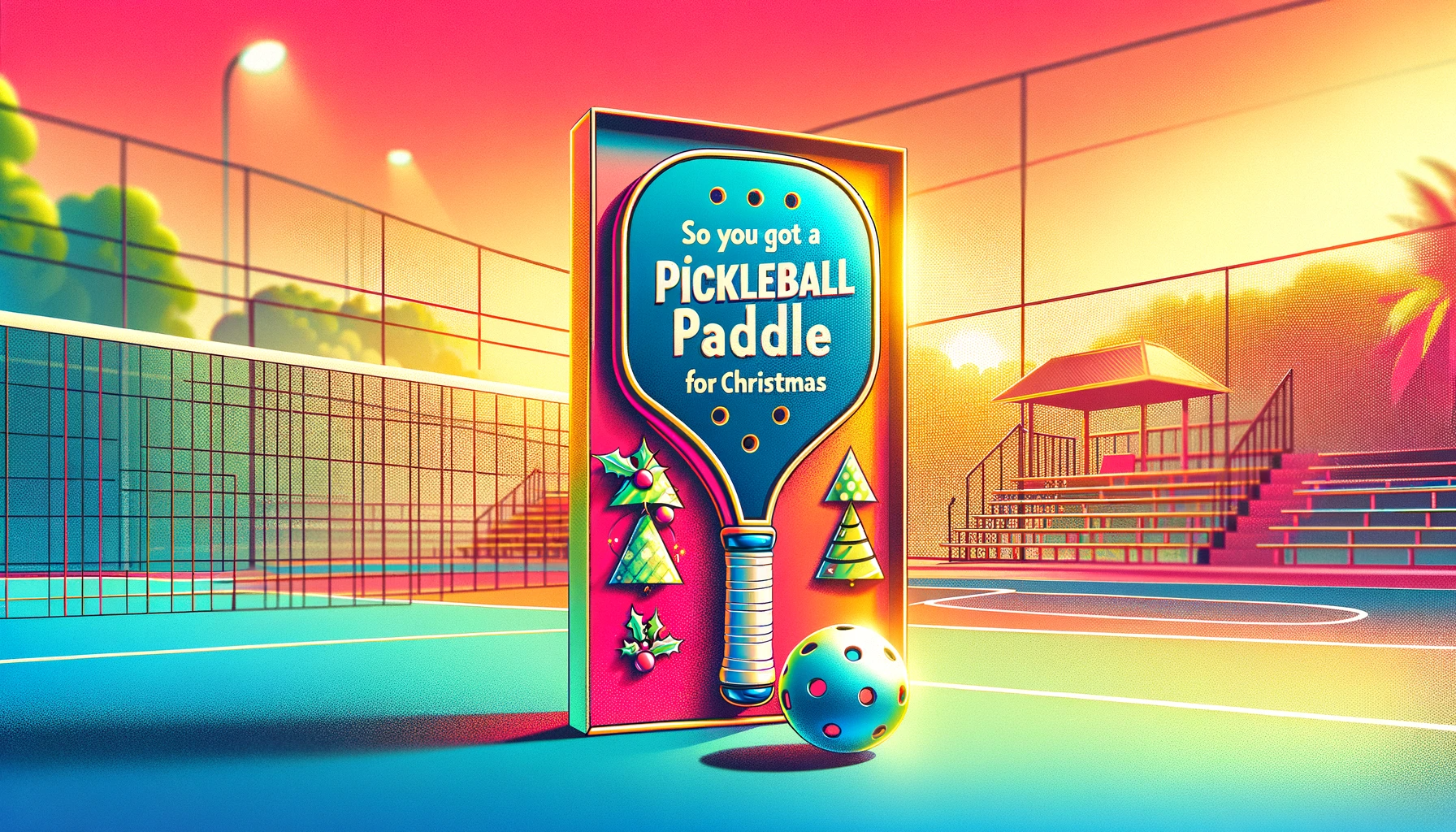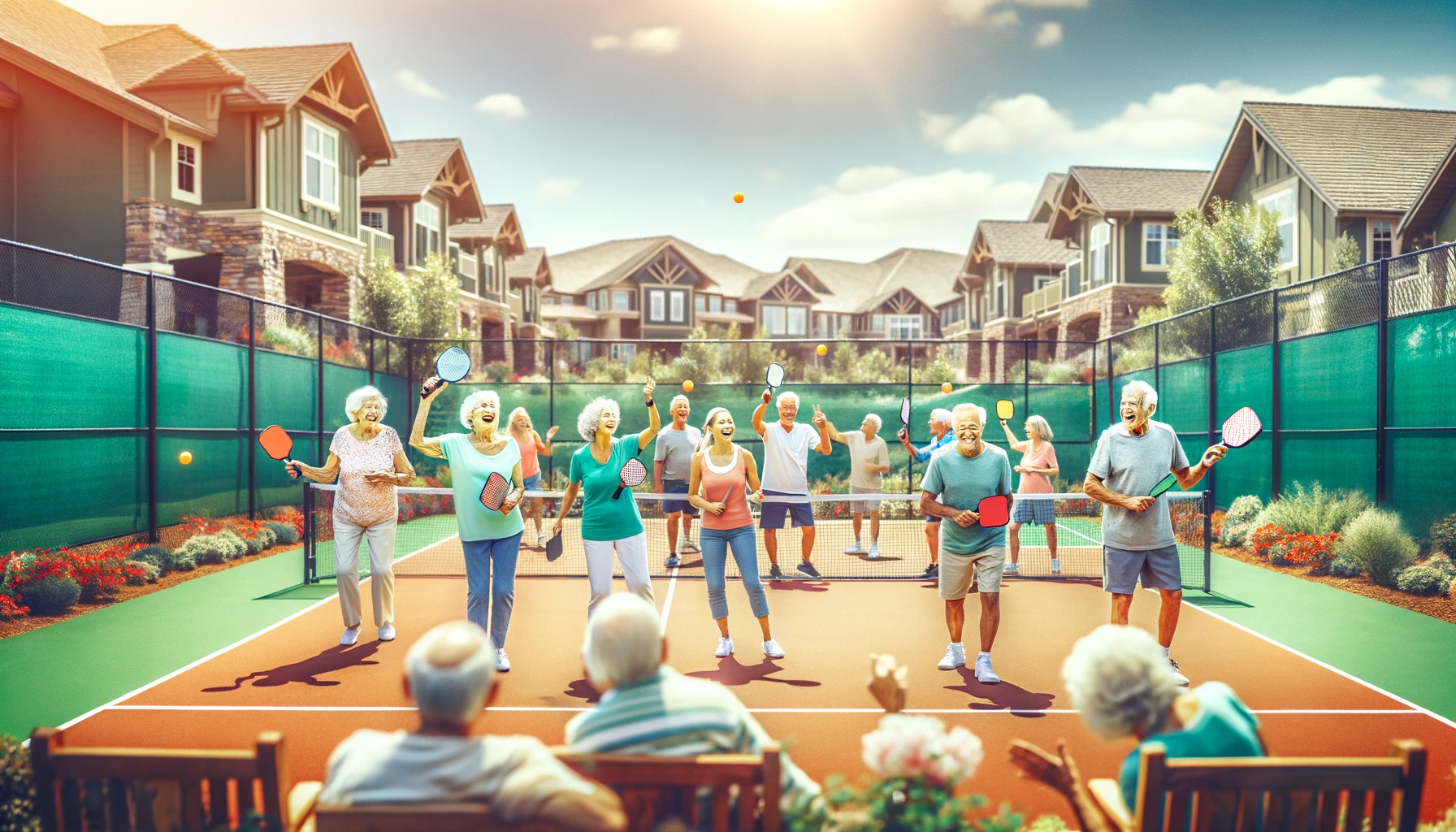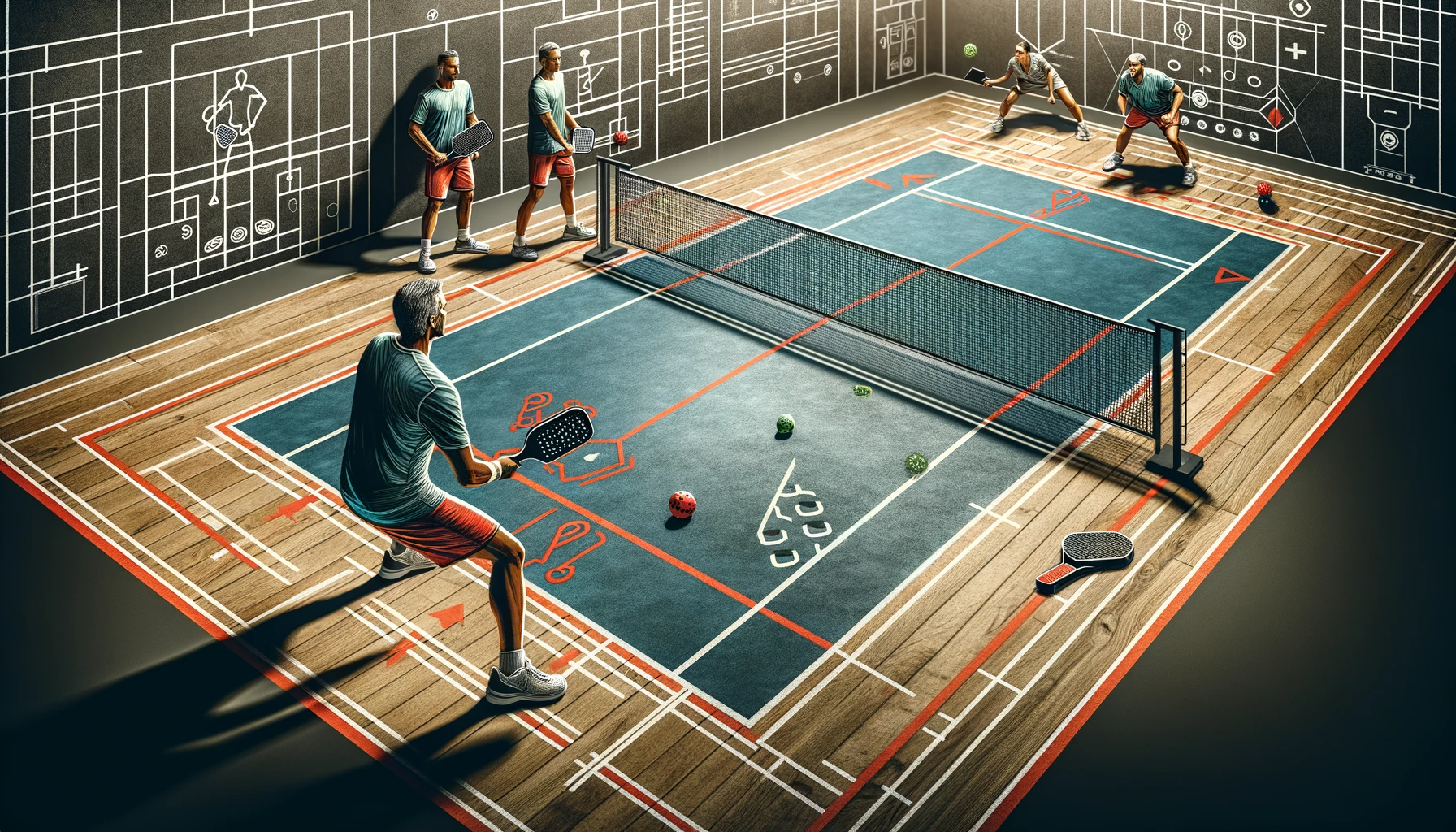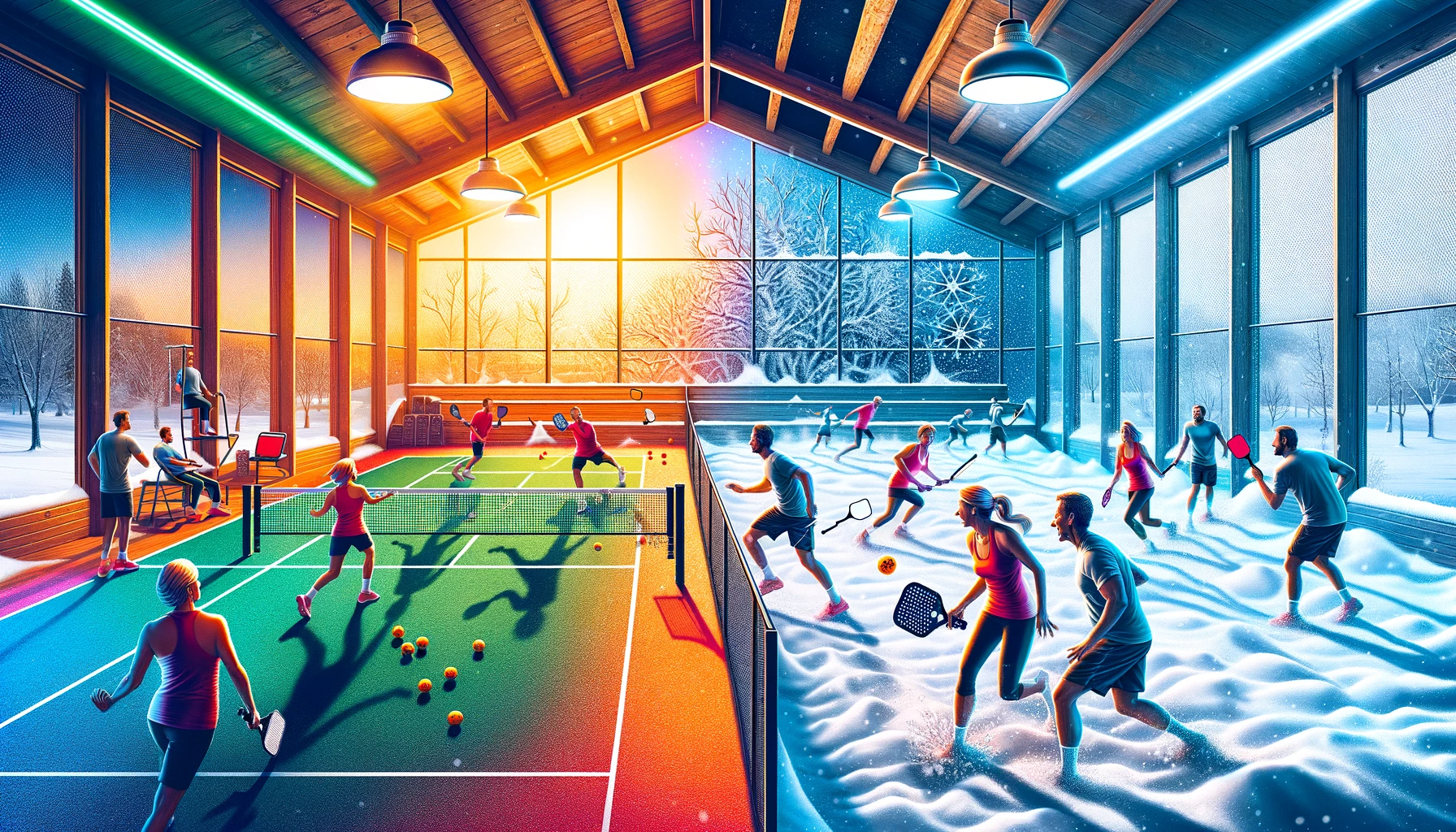
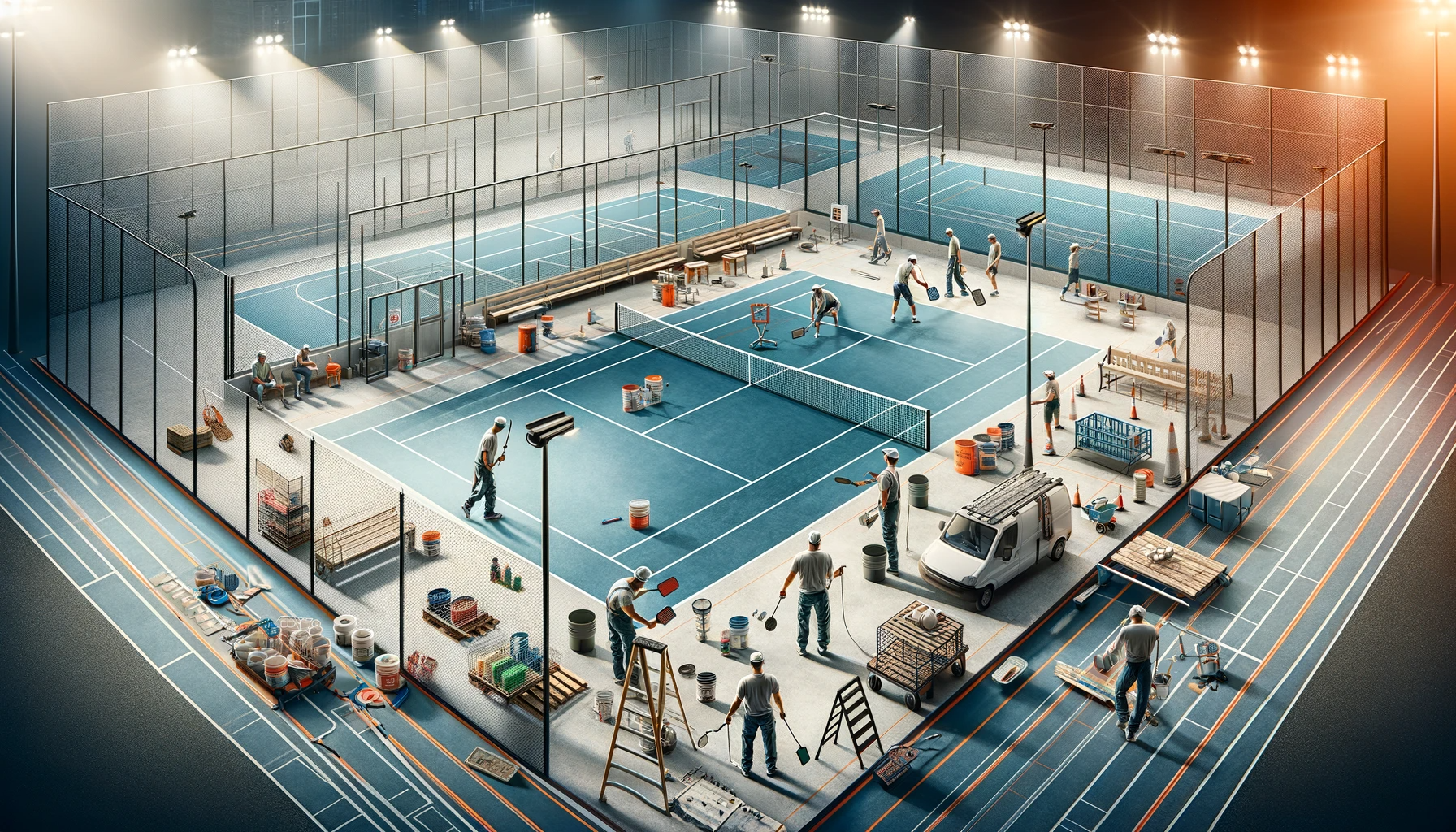
Pickleball Court Construction and Maintenance: Best Practices for Building and Maintaining Pickleball Courts
Pickleball, a sport that has seen a meteoric rise in popularity, is played on courts that resemble a smaller version of tennis courts. The construction and maintenance of these courts are crucial for an optimal playing experience. This blog dives into the best practices for building and maintaining pickleball courts, ensuring they meet the needs of players at all levels.
Understanding Pickleball Court Dimensions and Surface Requirements
Court Dimensions
A standard pickleball court is 20 feet wide and 44 feet long, including lines. The net height is 36 inches at the sidelines and 34 inches in the middle. It's essential to adhere to these dimensions for both recreational and competitive play.
Surface Requirements
The ideal surface for a pickleball court is a hard, smooth surface. Asphalt and concrete are the most popular choices. The surface should offer good traction and consistent ball bounce.
Building a Pickleball Court
Site Selection
Choose a flat, easily accessible area that can accommodate the court dimensions with additional space for movement around the perimeter.
Orientation
Ideally, courts should be oriented north-south to minimize sun glare during play.
Base Material
A proper base is critical for durability. Asphalt courts typically have a base of crushed stone, while concrete courts may have a gravel base.
Surface Coating
Apply a high-quality acrylic surface coating to protect the court and improve playability. This coating also provides UV protection and can come in various colors.
Drainage Considerations
Proper drainage is essential to prevent water accumulation and damage. Ensure the court has a slight slope (1% is ideal) for water runoff.
Pickleball Court Maintenance
Regular Cleaning
Sweep the court regularly to remove debris. Use a leaf blower for larger courts.
Surface Repairs
Address cracks and surface irregularities promptly to prevent them from widening. Use a court patching material designed for either asphalt or concrete.
Resurfacing
Resurface the court every 4 to 8 years, depending on usage and weather conditions. This involves cleaning, repairing, and reapplying surface coatings.
Net Maintenance
Regularly check the net for wear and tear. Adjust the tension to keep it at the standard height and replace it if necessary.
Color Coating System
A good quality color coating system not only enhances the appearance but also provides a better playing surface. It should offer slip resistance and durability.
Additional Features for Pickleball Courts
Fencing
Fencing around the court is recommended to prevent balls from straying too far and to provide a safety barrier.
Lighting
For evening play, install high-quality, glare-free lighting. LED lights are a popular and energy-efficient option.
Seating and Shading
Consider adding benches and shade structures for players' comfort.
Accessibility
Ensure the court is accessible to all players, including those with disabilities. This includes wheelchair-friendly entrances and adequate space around the court.
Cost Considerations and Budgeting
Building a pickleball court can be a significant investment. The cost varies depending on the materials used, location, and additional features. Proper budgeting and planning can ensure the project stays within financial constraints.
Hiring a Professional Contractor
For the construction and maintenance of pickleball courts, it's advisable to hire a professional contractor. Look for someone with experience in sports court construction and a good track record.
Conclusion
Building and maintaining a pickleball court requires careful planning and execution. By following these best practices, you can ensure a high-quality court that provides an excellent playing experience for years to come.
FAQs
How much space is needed for a pickleball court?
A standard pickleball court is 20 x 44 feet, but additional space is needed around the perimeter for movement and fencing.
What is the best surface for a pickleball court?
Asphalt and concrete are the preferred surfaces, offering durability and consistent ball bounce.
How often should a pickleball court be resurfaced?
Resurfacing is recommended every 4 to 8 years, depending on usage and exposure to elements.
Can existing tennis courts be converted into pickleball courts?
Yes, tennis courts can often be modified for pickleball play, usually accommodating multiple pickleball courts within a single tennis court area.
What are key maintenance tasks for a pickleball court?
Key tasks include regular cleaning, surface repair, net maintenance, and periodic resurfacing.
